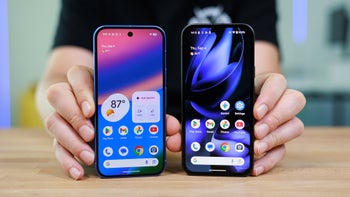The 5nm Apple A14 in iPhone 12 5G will be the fastest, most frugal mobile chipset

We just got off a quarterly earnings conference call with TSMC, the foundry that makes the Apple A-series and Qualcomm Snapdragon chipsets in our phones, and the news is pretty intriguing.
While talking about how the next mobile processor production node investments will dilute their earnings by a few percentage points in the next quarter, TSMC tangentially confirmed that 5nm chipsets are in our very near phone future. Now, where would those new processors go?
- iPhone 13 release date, price, features, and specs
Why, the iPhone 12 series, of course, as TSMC tipped that 5nm will already be contributing to its revenue in the fall, albeit with just 8%. The bulk of these chips will go to Apple, of course, as the next A14 chipset is expected to be the first one done with the 5nm node.
Qualcomm already beat Apple by introducing the first mobile processor core that broke the 3GHz clock frequency barrier upwards, though, with the 3.1GHz peak clock speed of the newly-announced 7nm Snapdragon 865+ chipset, so Apple has to show something more with the A14 on 5nm.
The Apple iPhone 12's A14 will be the fastest and most power-efficient mobile processor
According to the fabrication plans, TSMC's 5nm technology is about 15% faster but uses a full 30% lower power than the current 7nm node that is in the Snapdragon 865+ or Apple A13, the current mobile champs.
Why would Apple need that much more power, given that the A13 is already the fastest mobile chipset out there? Well, it may allow it to finally start fulfilling its AR/VR and other imaging dreams.
After all, the LiDAR camera from the iPad Pro 2020 is expected to trickle down to the iPhone 12 Pro camera set as well, but what would Apple be doing with it, remains to be seen.
TSMC isn't stopping here, though, but is preparing to introduce 3nm en masse in 2022 which will be a totally new node generation compared to the current 5nm and 7nm nodes, and will be staying with us for the foreseeable future, while processor architects add more features rather than fight on speed and clock frequencies.
Follow us on Google News














Things that are NOT allowed:
To help keep our community safe and free from spam, we apply temporary limits to newly created accounts: